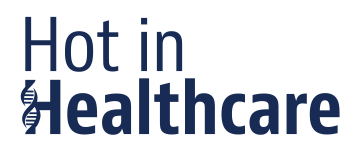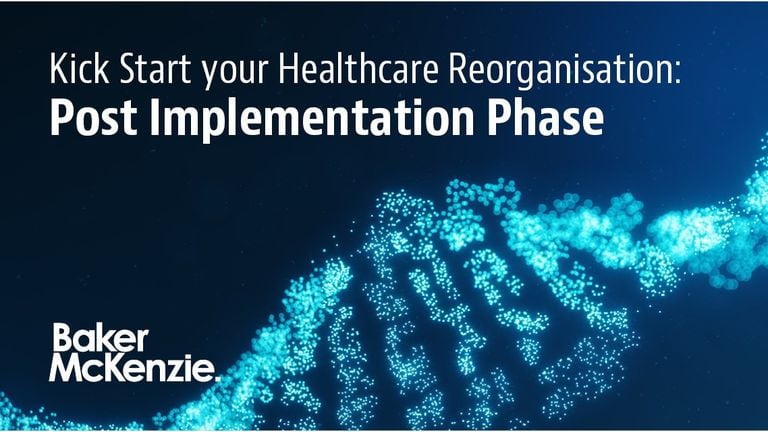To future-proof its regulatory system, the UAE cabinet has established the Emirates Drug Corporation (EDC) in September 20231. As a new independent regulator, the EDC will replace the Ministry of Health and Prevention (MOHAP) for the regulation of pharmaceuticals and medical devices. Besides medicines and medical devices the EDC will also be responsible for cosmetics, dietary supplements, GMOs, fertilizers, pesticides, agricultural conditioners and plant growth regulators. The EDC will also take over some competences from the Ministry of Climate Change and Environment…
The Corporate Sustainability Due Diligence Directive (“CS3D”), provisionally agreed in December 2023, will create significant behavioural and reporting obligations for many EU and non-EU healthcare and life sciences companies active in the EU, adding an additional layer of compliance and complexity to their already highly intricateglobal value chains. In this first instalment of our new “CS3D Explainer Series”, we provide an overview of scope, key obligations and relevant timeline under the CS3D.
In brief As we look back at 2023, we reflect on a year marked by significant developments in the legal framework governing the life sciences and healthcare industries in the US. These developments include the implementation of the Medicare Drug Price Negotiation Program under the Inflation Reduction Act; the rise of artificial intelligence in drug development and manufacturing; the evolving landscape of US Food and Drug Administration regulation and enforcement of laboratory-developed tests; and the…
The UK’s Medicines and Healthcare products Regulatory Agency (MHRA) has published a new roadmap setting out its timeline for an overhaul of the UK medical device regulations. The MHRA is taking a phased approach, with new legislation pencilled in for 2024 on Post Market Surveillance (PMS) and in 2025 for a wider core framework. Current plans indicate certain areas of alignment with the requirements of the EU Medical Devices Regulation (EU MDR). The MHRA further…
Manufacturers of Machine Learning-Enabled Medical Devices (MLMDs) face a key challenge: existing requirements and processes on the notification and management of ‘substantial’ and ‘significant’ changes to medical devices need adapting for MLMDs. The MHRA, together with the U.S. Food and Drug Administration (FDA) and Health Canada, has published five guiding principles on predetermined change control plans (PCCPs) to help resolve this tension. What is the tension between AI and change management for medical devices? Some…
In brief On 26 June 2023, the Spanish National Court annulled the evaluation system of newly approved medicinal products based on Therapeutic Positioning Reports (“ITPs”) set up by the Spanish Ministry of Health in 2020 (“Plan”). The Court based its decision on the grounds that (1) the system was created without following the legal procedure, and (2) was approved by a body that did not have the authority to do so. The Court concludes that…
In the third and final post of our ‘Kick Start your Healthcare Reorganisation’ series, we focus on the post-implementation matters often encountered on healthcare and life sciences reorganisations. These range from the many regulatory requirements through to ensuring steps are taken to realise the maximum value from the reorganisation. These post-implementation matters often bring us back to, and illustrate the importance of, careful early planning and seamless implementation. When conducting a multi-jurisdictional reorganisation in the…
In the second post of our ‘Kick Start your Healthcare Reorganisation’ series we focus on the implementation phase of a healthcare and life sciences reorganisation and specifically the following three areas: Whilst each area is individually significant, and is likely to have its own dedicated workstream, it is important to recognise that they each go hand in hand when looking to achieve smooth (and successful) implementation. Document execution First, on multi-jurisdictional projects, with a large…
In the first post of our ‘Kick Start your Healthcare Reorganisation’ series we focus on the planning phase of a reorganisation in the healthcare and life sciences sector in the context of spin offs, carve outs and other solvent group restructurings. It goes without saying that when preparing for a large reorganisation there is a significant amount of planning required to ensure seamless transition and continuity of supply chain. The industry is heavily regulated which…
Undertaking large, complex corporate reorganisation projects, such as spin offs, carve outs and other solvent group restructurings, always presents challenges to be considered, planned for and overcome. Some of those challenges are inherent to reorganisations in general but there are also those which stem from particular industry factors. Over the next three weeks, we will be focusing on the healthcare and life sciences industry and will, through a series of posts, highlight key considerations at…










